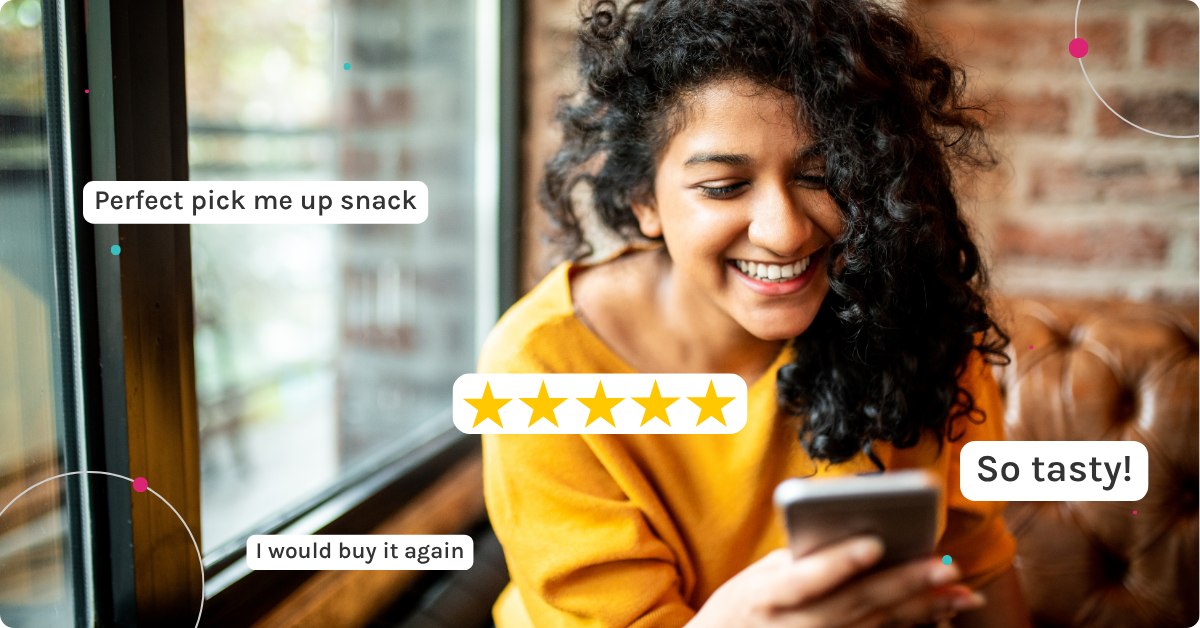In the world of CPG, success has always been driven by consumer demand. These days, that demand shows up through one of the most powerful forms of social proof: ratings and reviews. Whether it’s on your website, a retail platform like Walmart.com, or a product discovery tool, reviews are no longer just a nice-to-have. They’re a must-have – driving visibility and discoverability, and therefore should be the backbone of your sales strategy.
Simply put, reviews have become the new version of search engine optimization (SEO) for products. They influence how algorithms rank your brand, which – news flash – is what’s powering AI chat tools like ChatGPT, the new discovery platform that is determining how people decide what to buy.
The Power of Syndication
It’s not enough to just collect reviews on your own site. You need those reviews to show up everywhere your product is sold.
Many buyers rely on syndicated reviews when researching new products. If a buyer hasn’t sampled your product, seeing positive reviews from real customers can be the deciding factor that gets you on their radar.
CPG brands often have stronger reviews and higher ratings on their own sites than they do on retailer marketplaces. This gap can hurt visibility. Syndicating your reviews across all key platforms helps boost overall review volume and ratings where they matter most.

Building a Culture of Continuous Quality
Tracking reviews weekly turns customer feedback into a real-time quality check. Instead of waiting for returns or declining reorders to spot issues, you get early warning signs directly from customers.
If people start mentioning things like “the lid breaks easily” or “flavor changed”, that’s your signal to act fast before it becomes a bigger problem.
Consistent monitoring also helps your Customer Experience team step in quickly. Fast responses can turn bad experiences into positive ones and can often transform a 1-star review into a 4-star story. That kind of engagement builds trust and loyalty. You will want to enable a feedback loop so that when a customer experience goes awry, you have a systematic approach to fixing the problem – for example, by ensuring their next purchase is 100% free.





